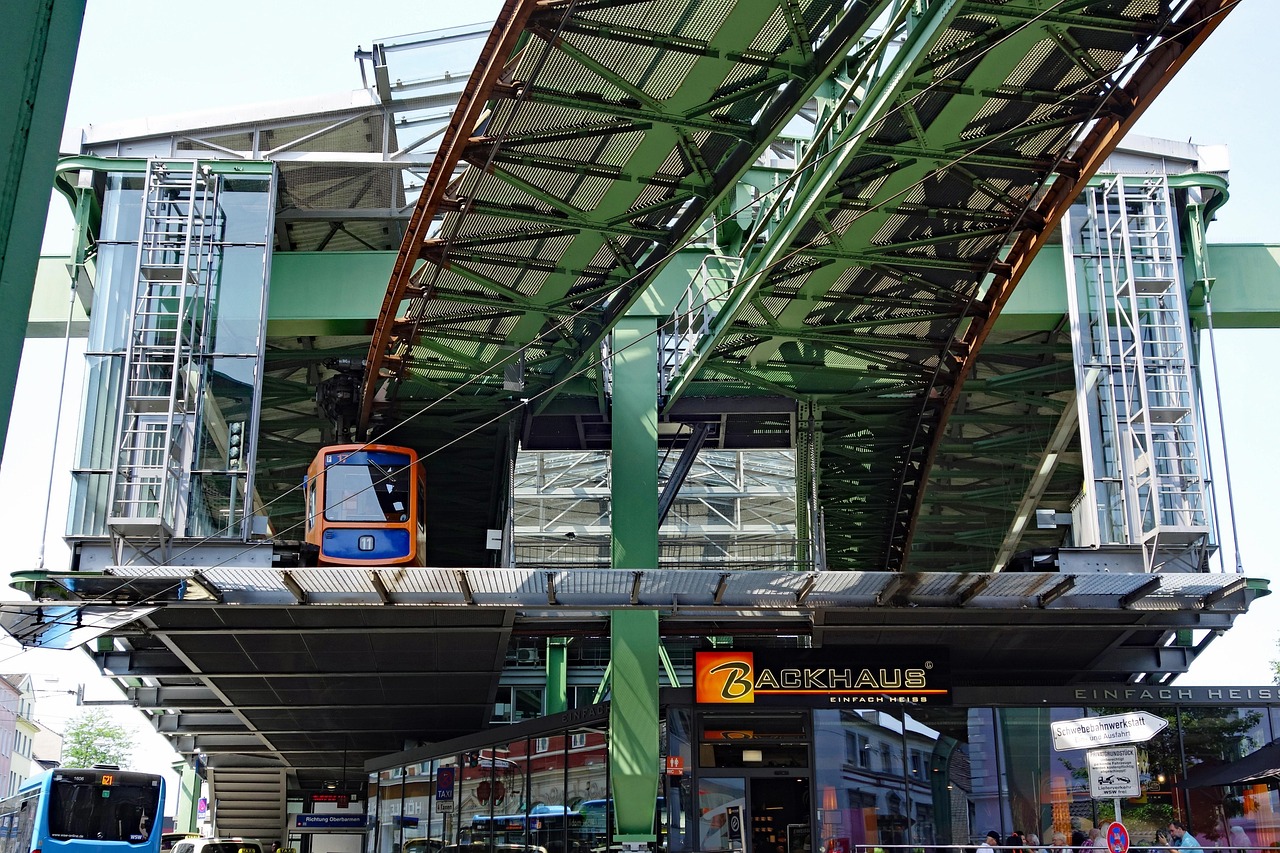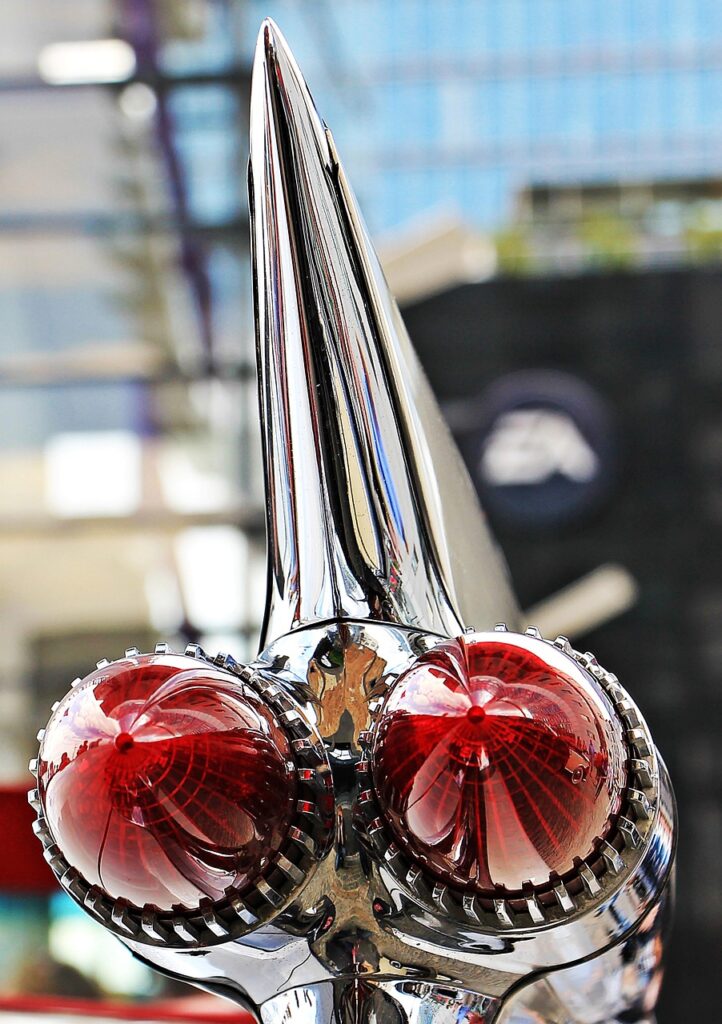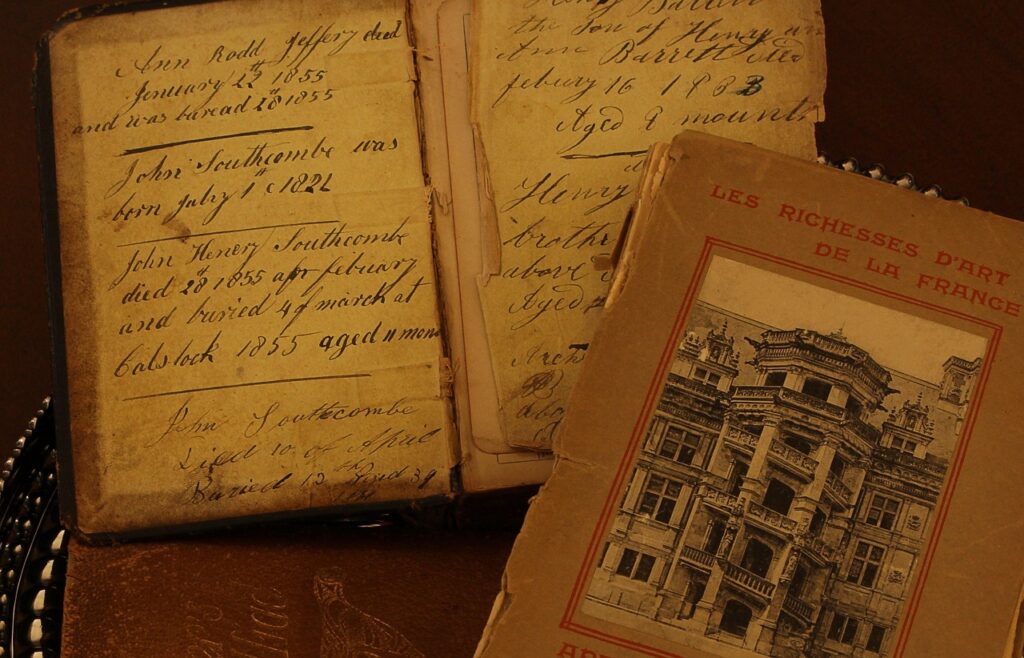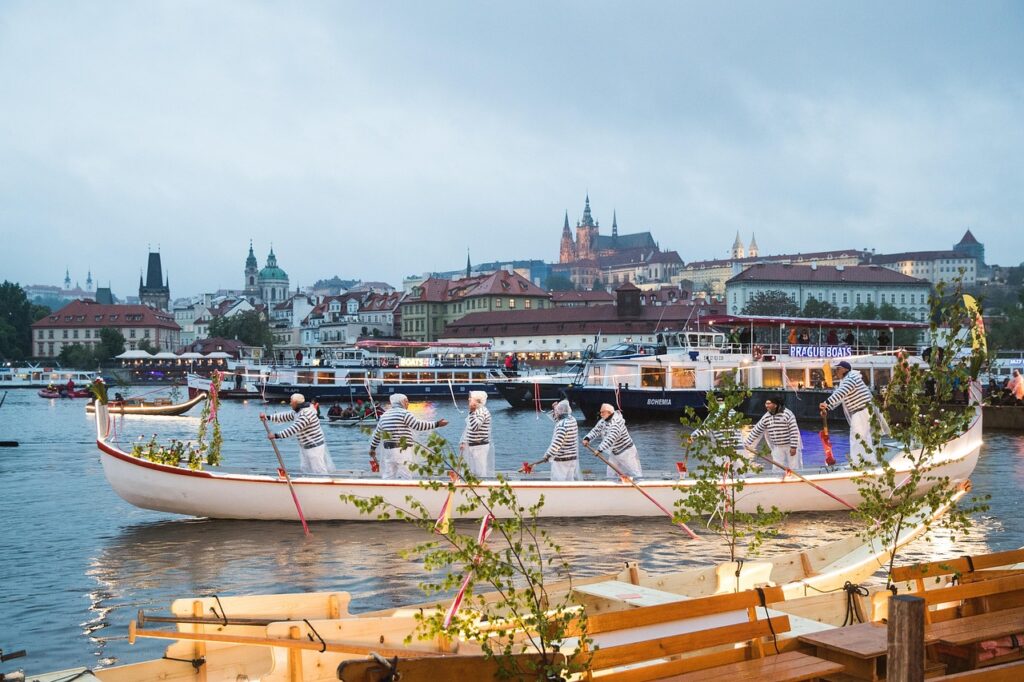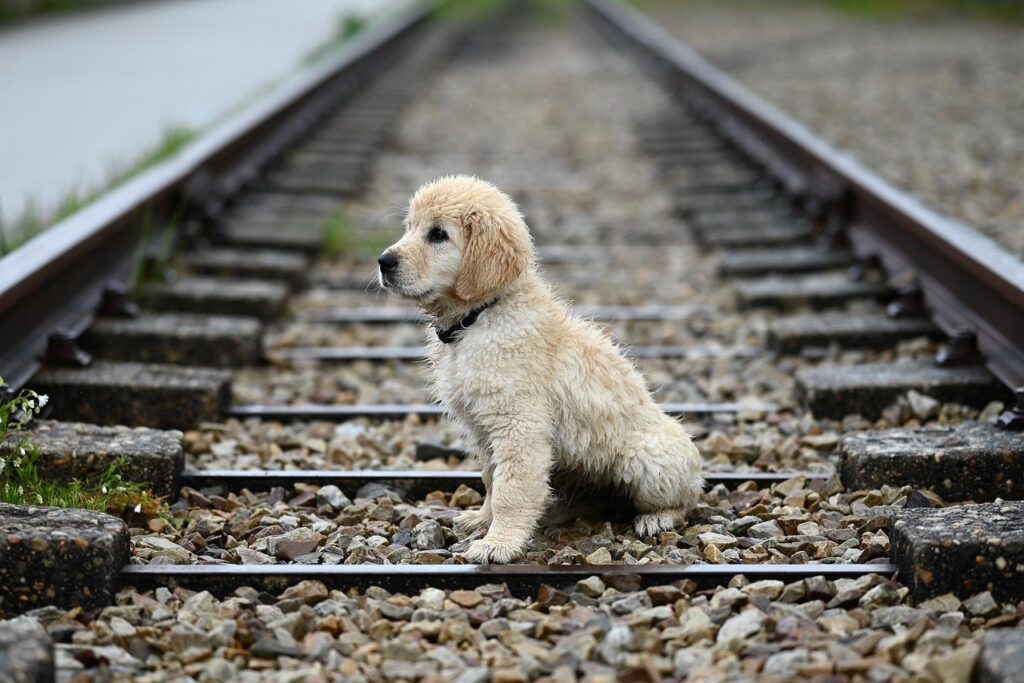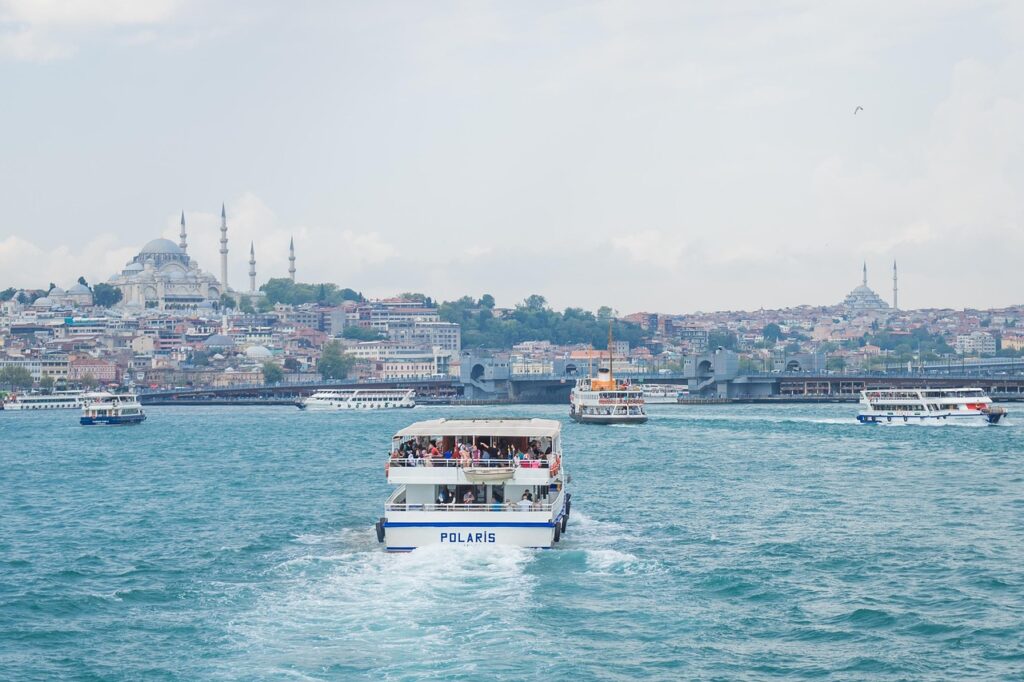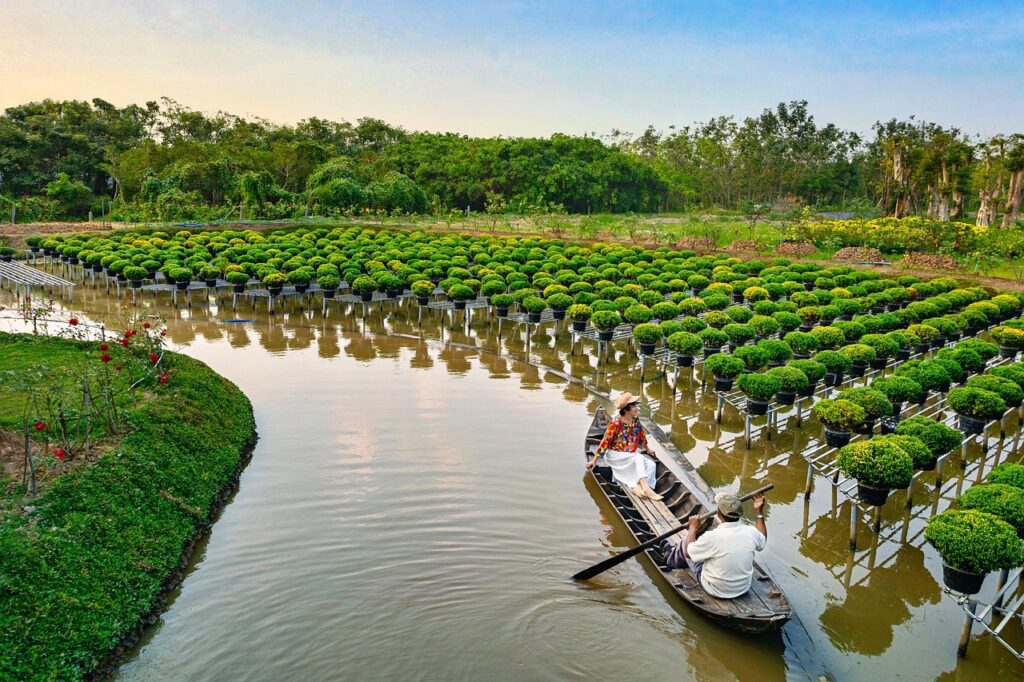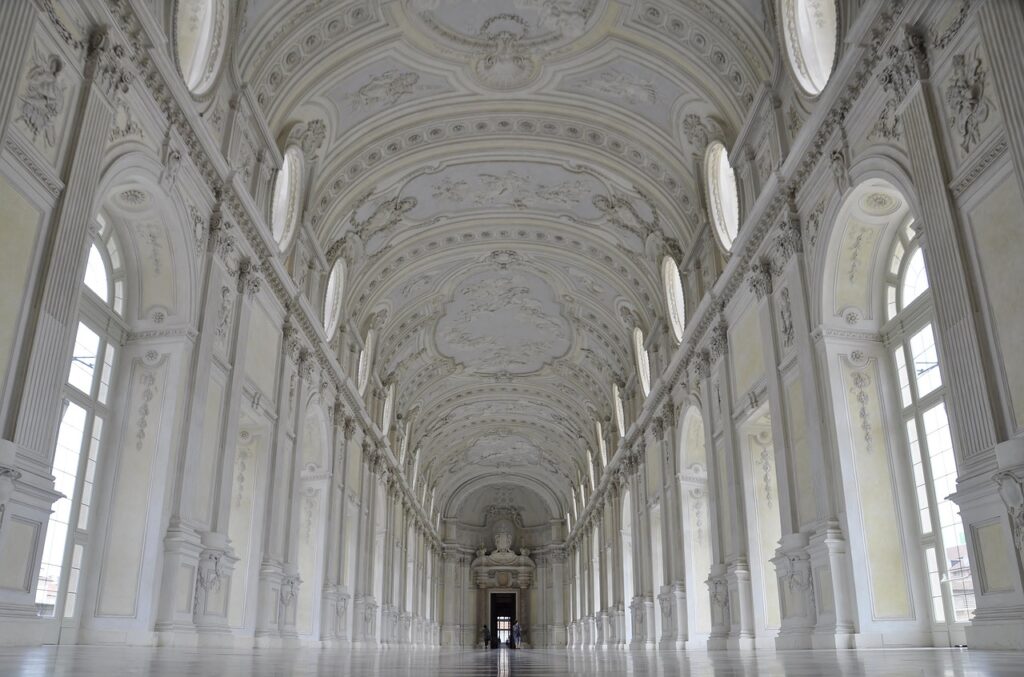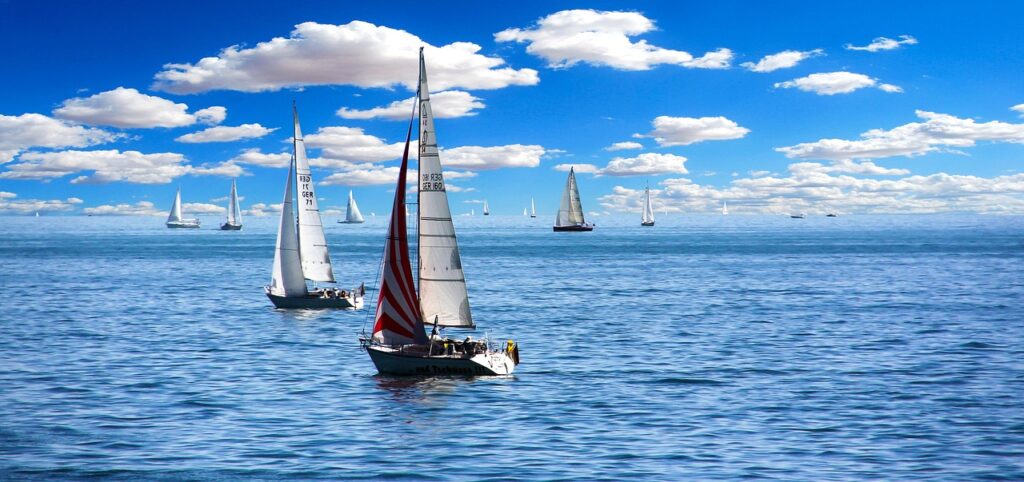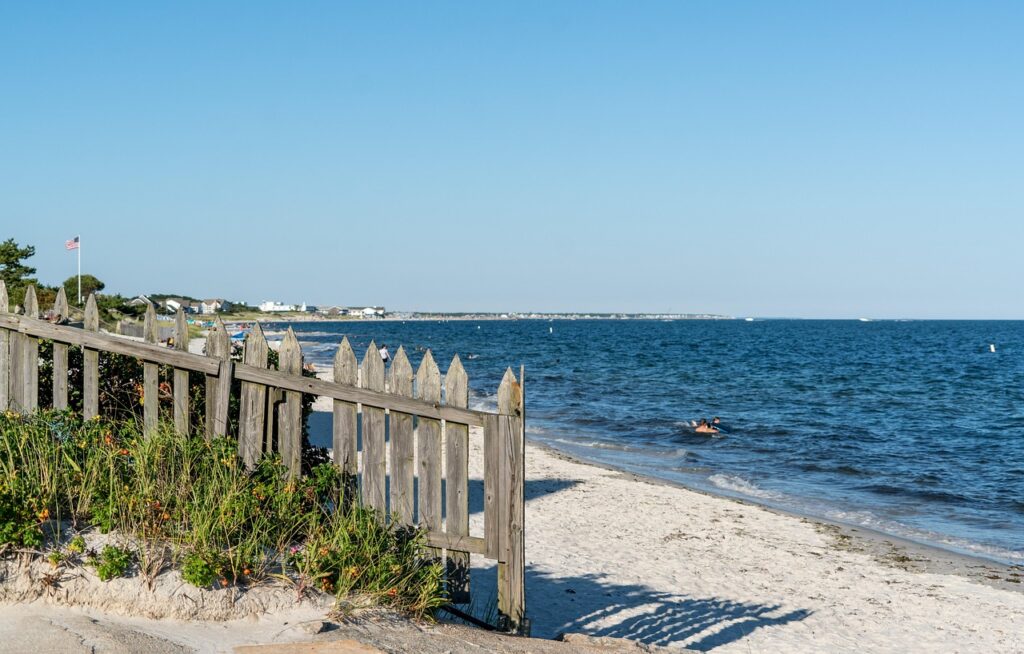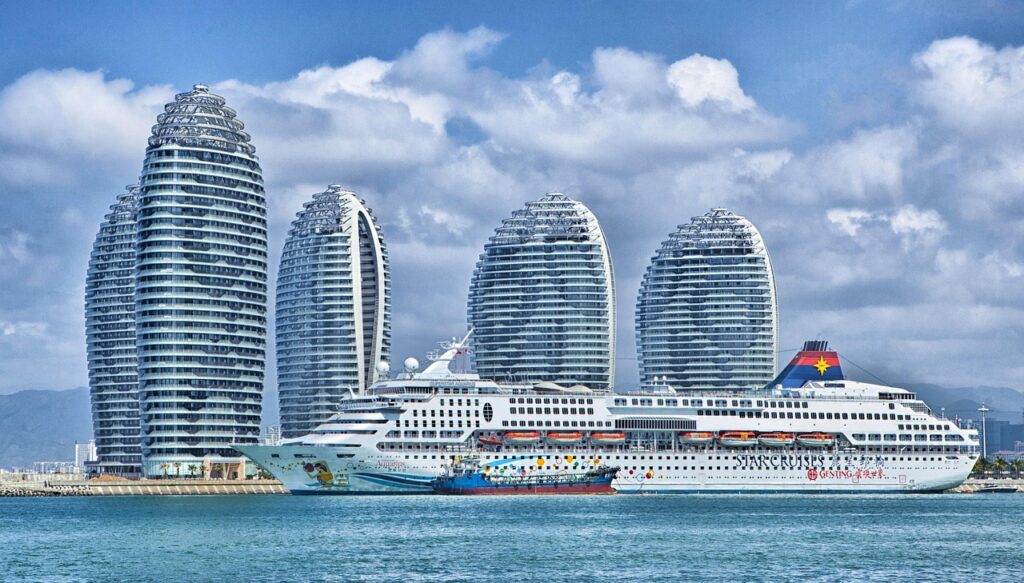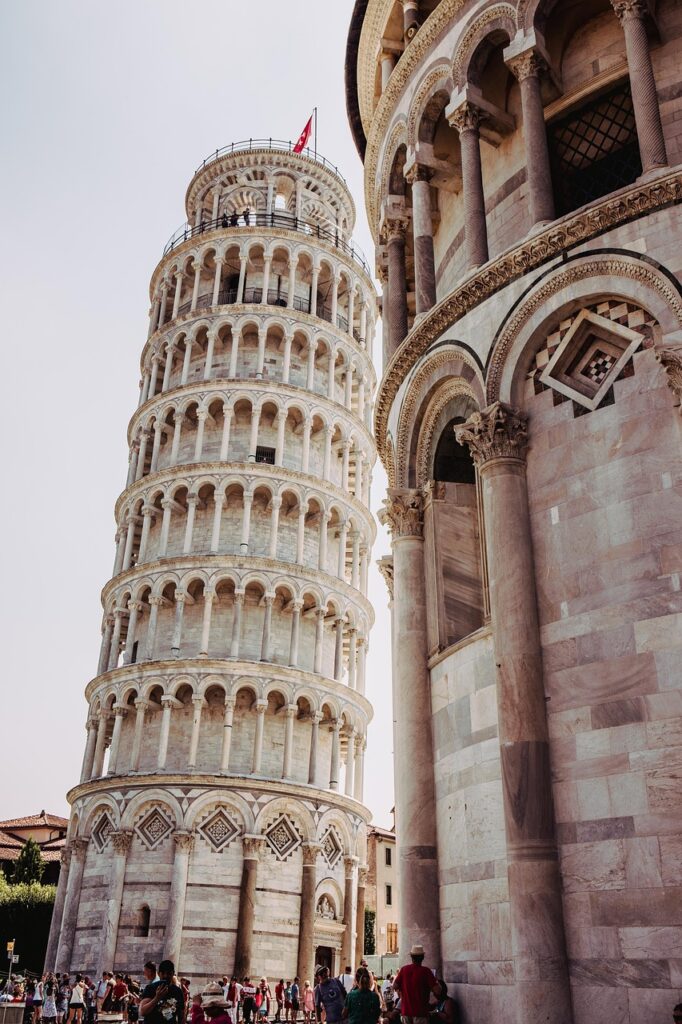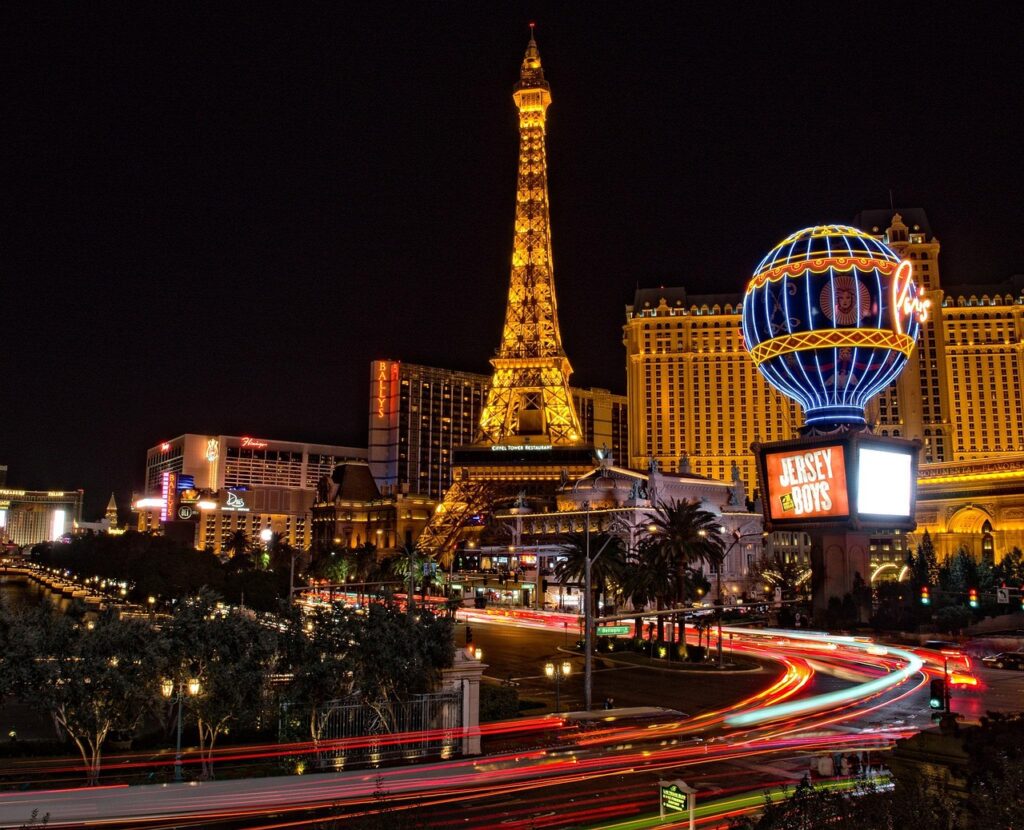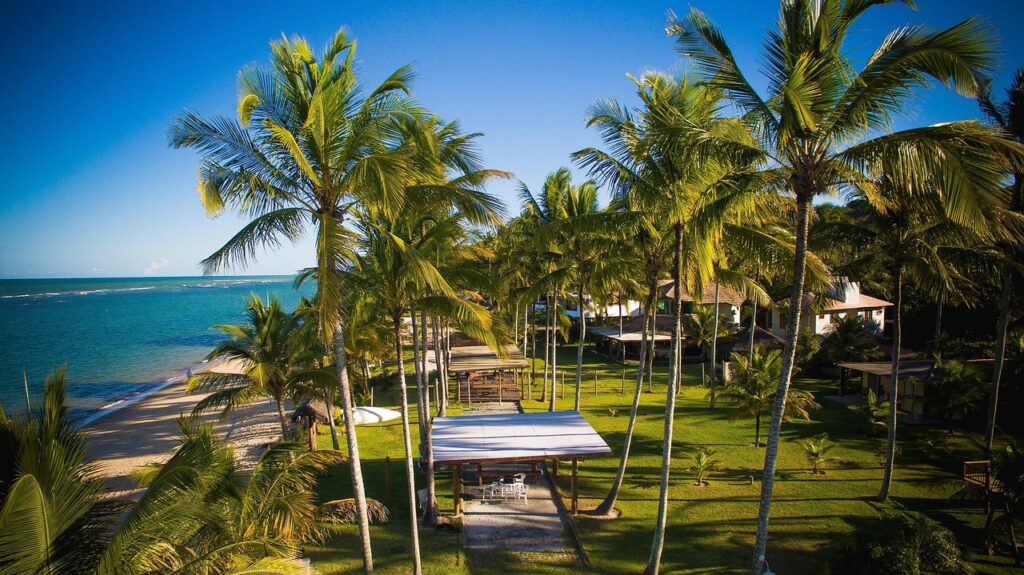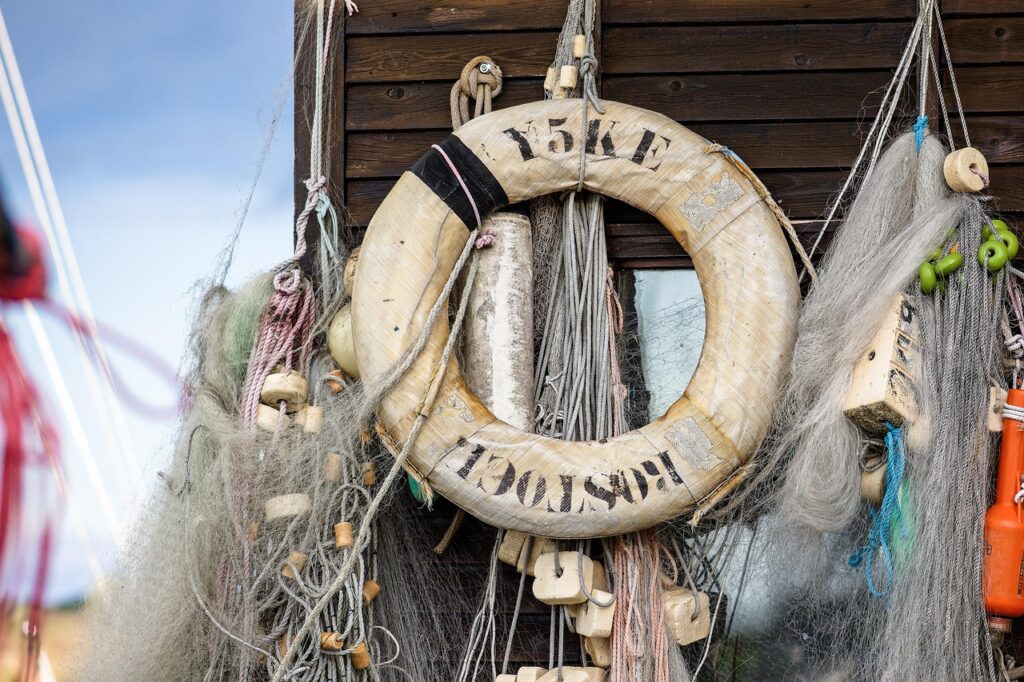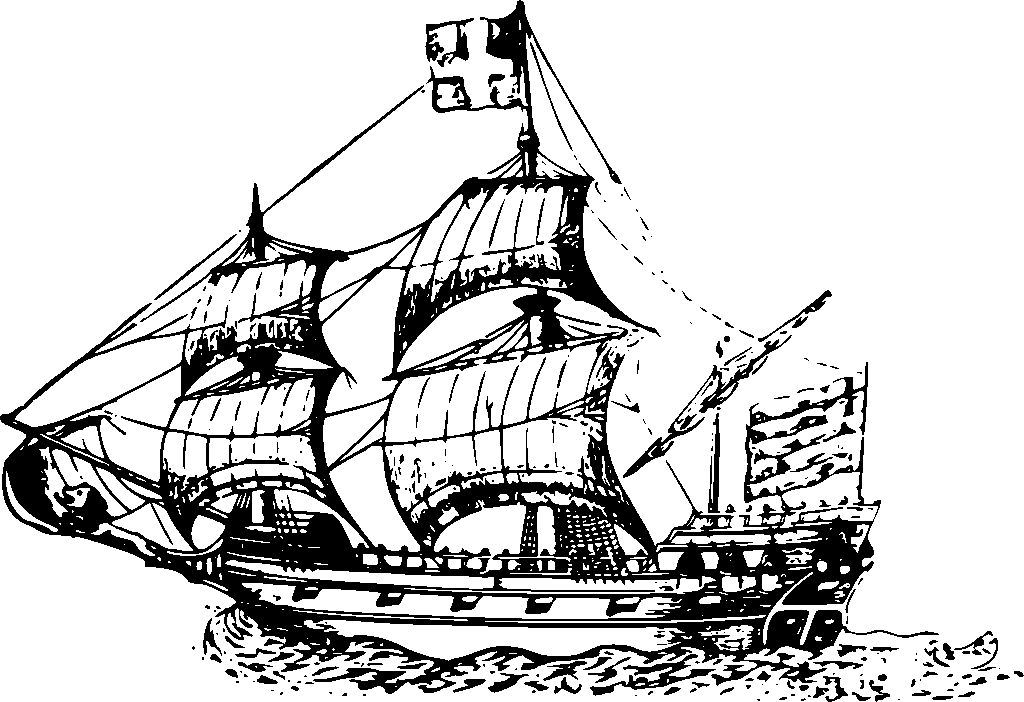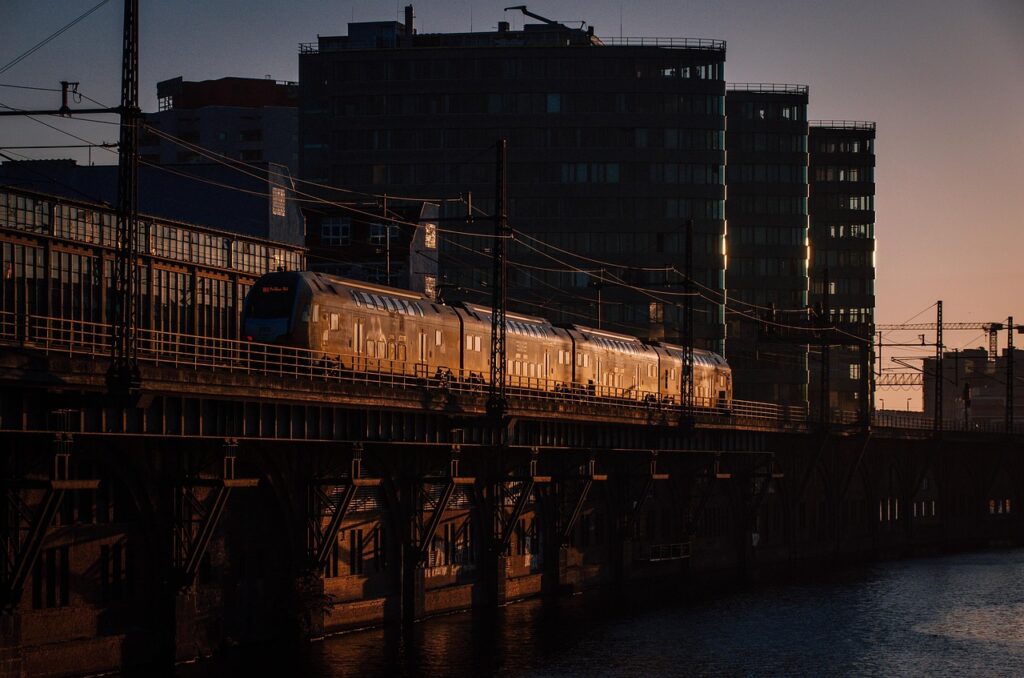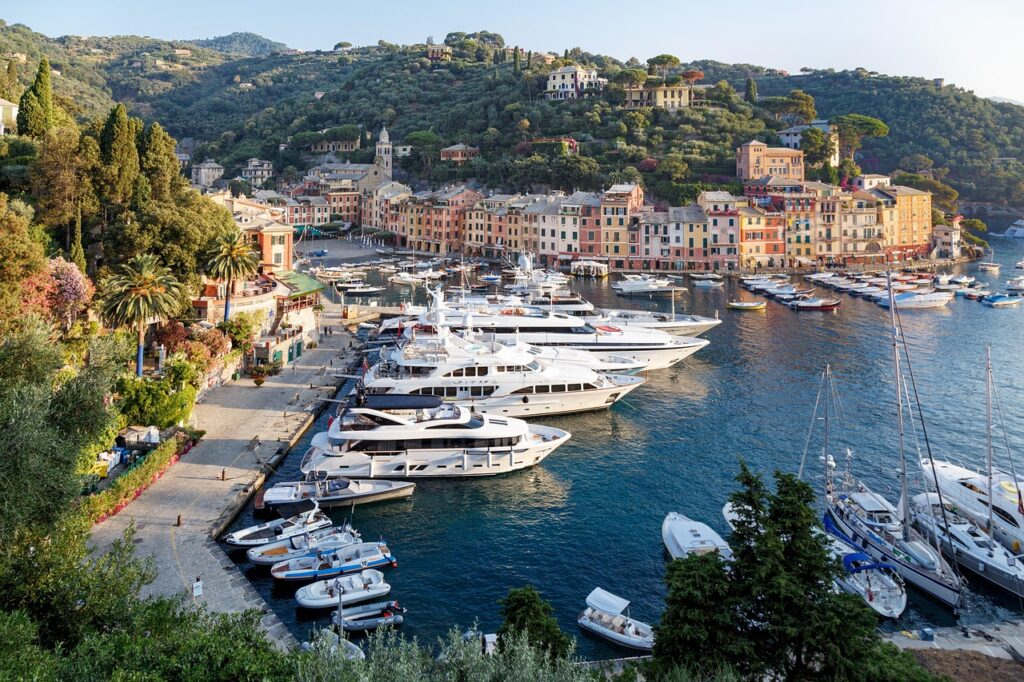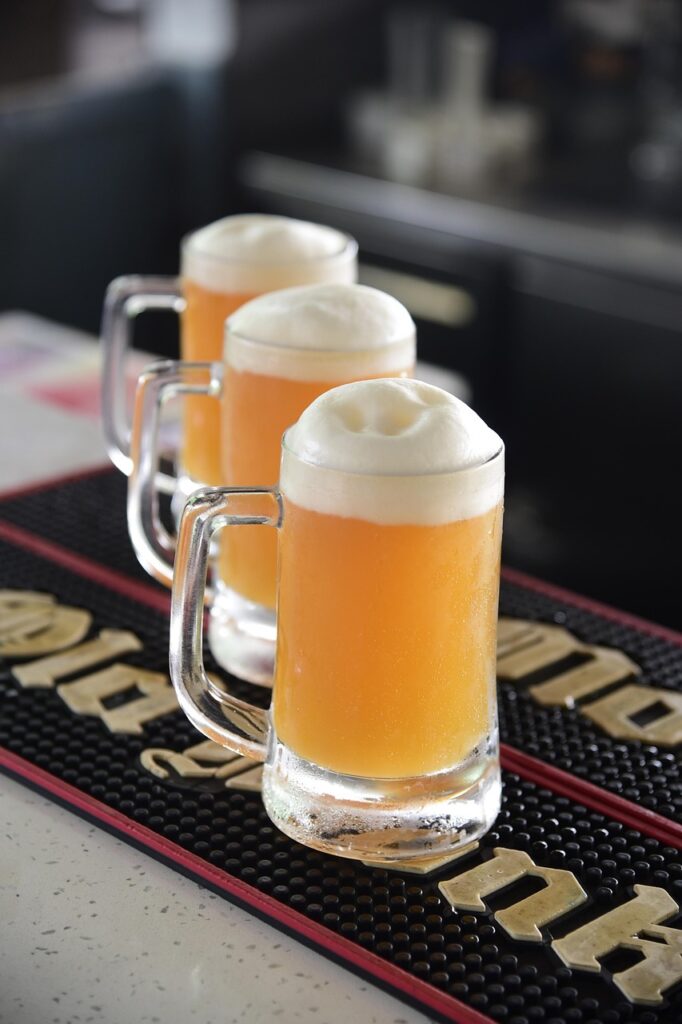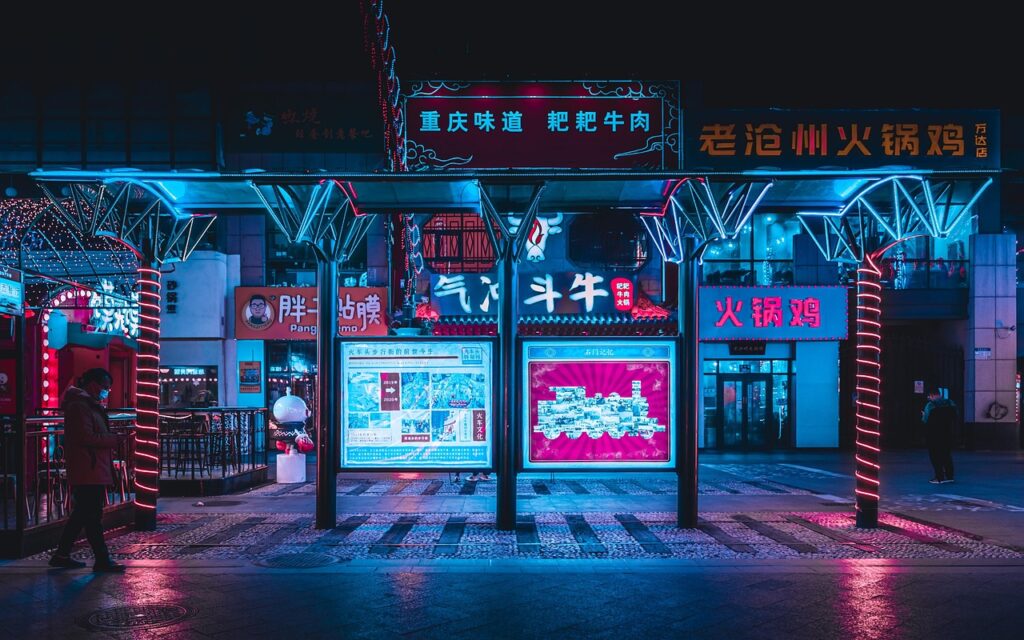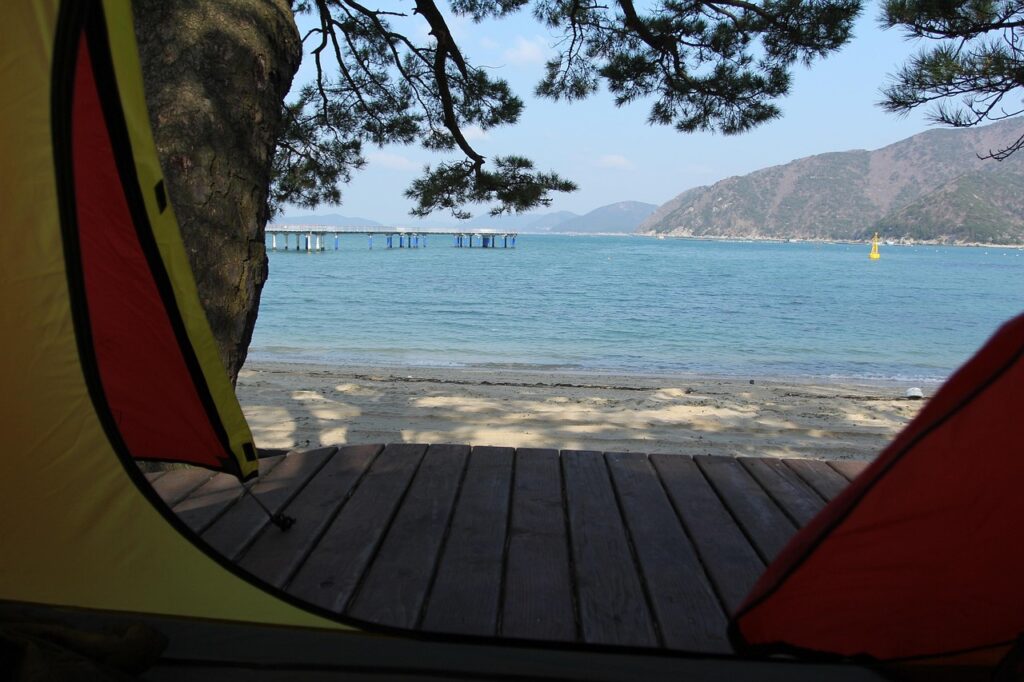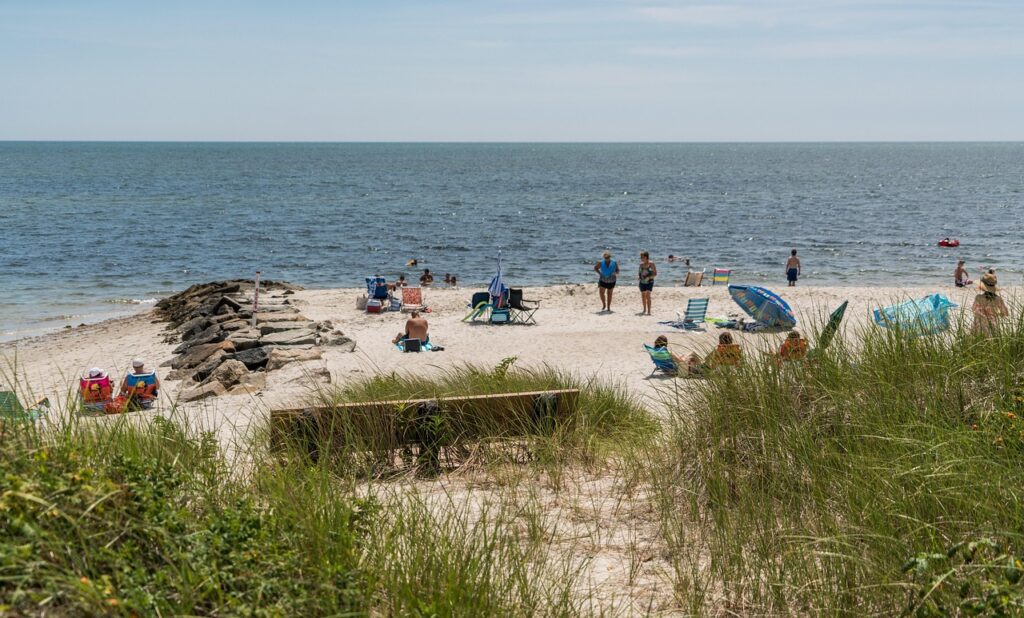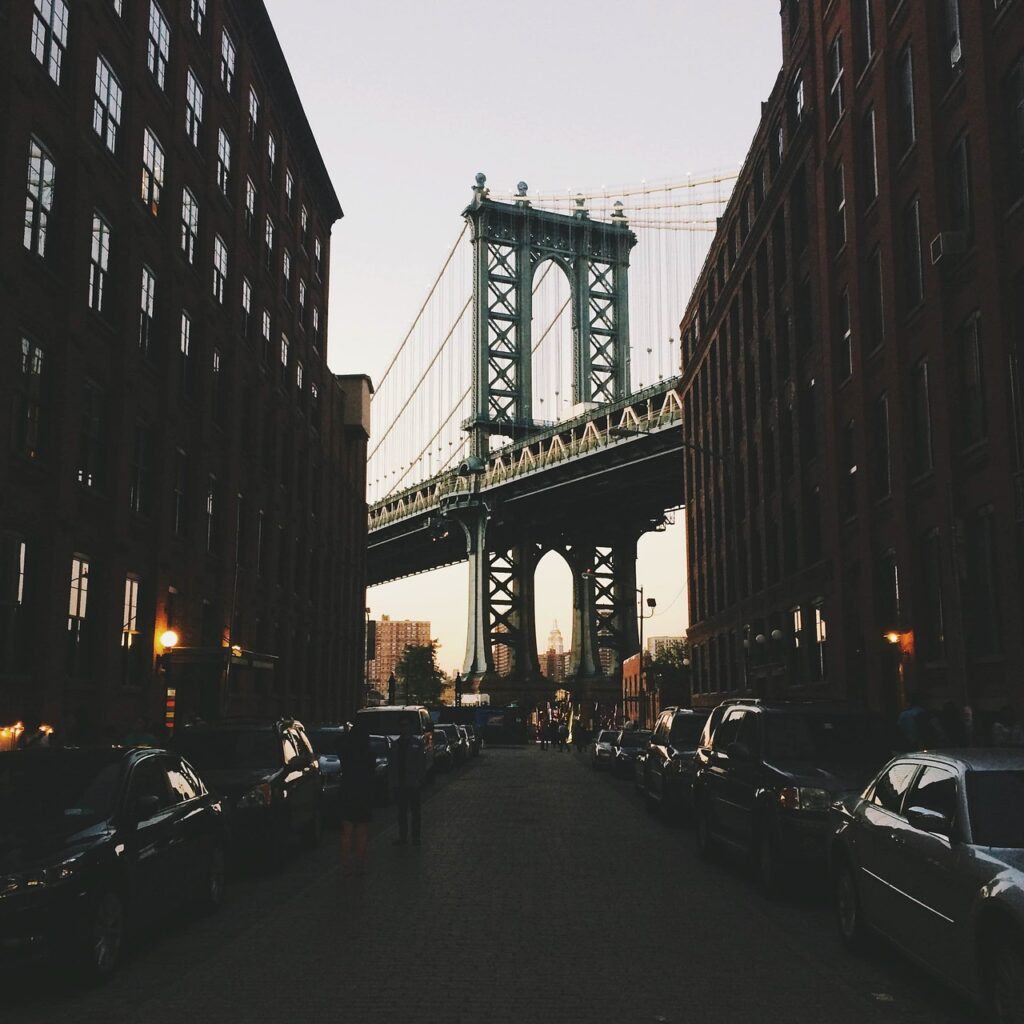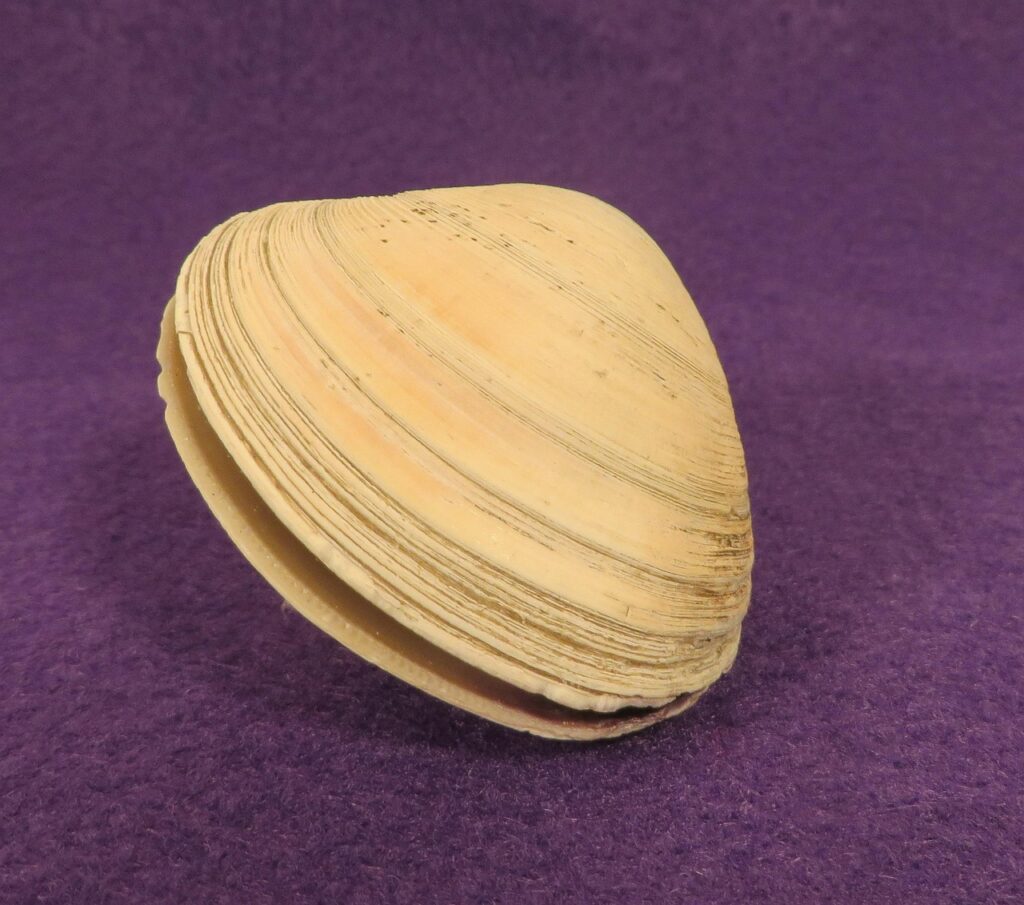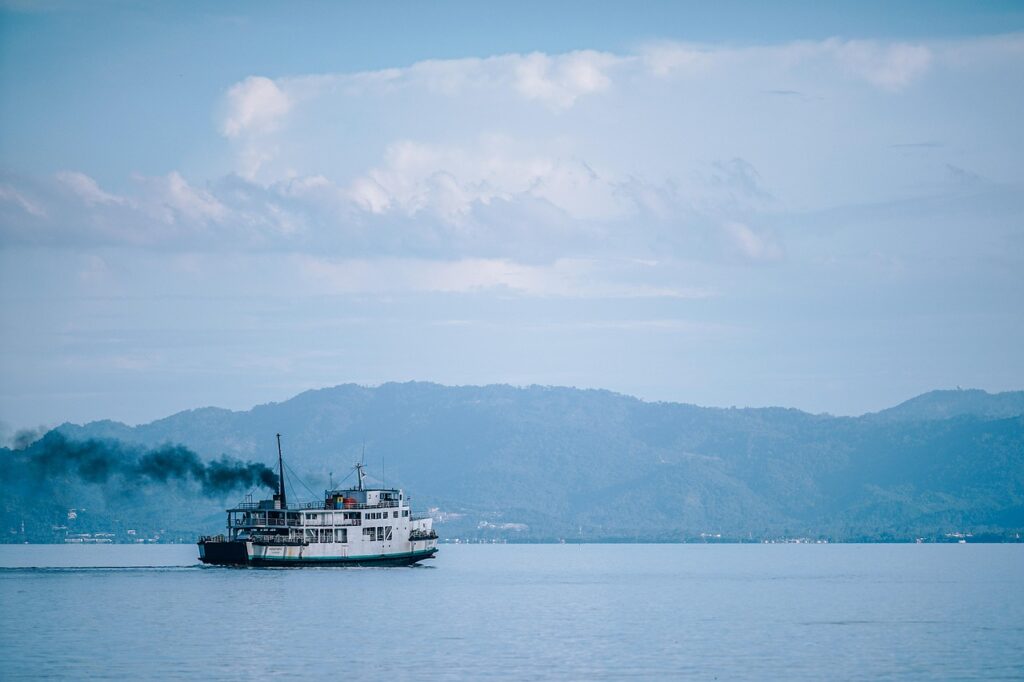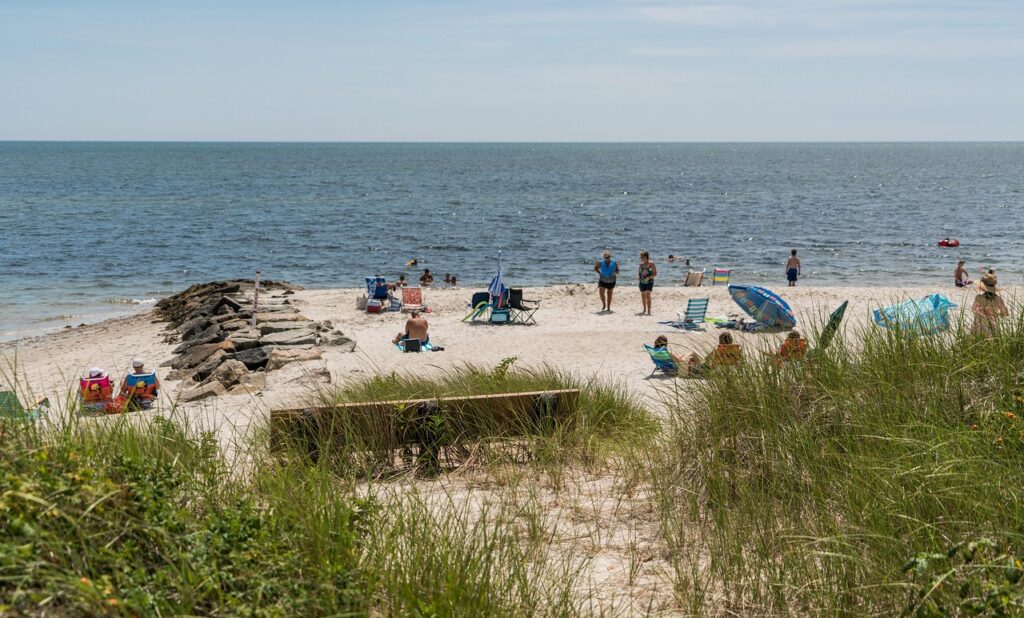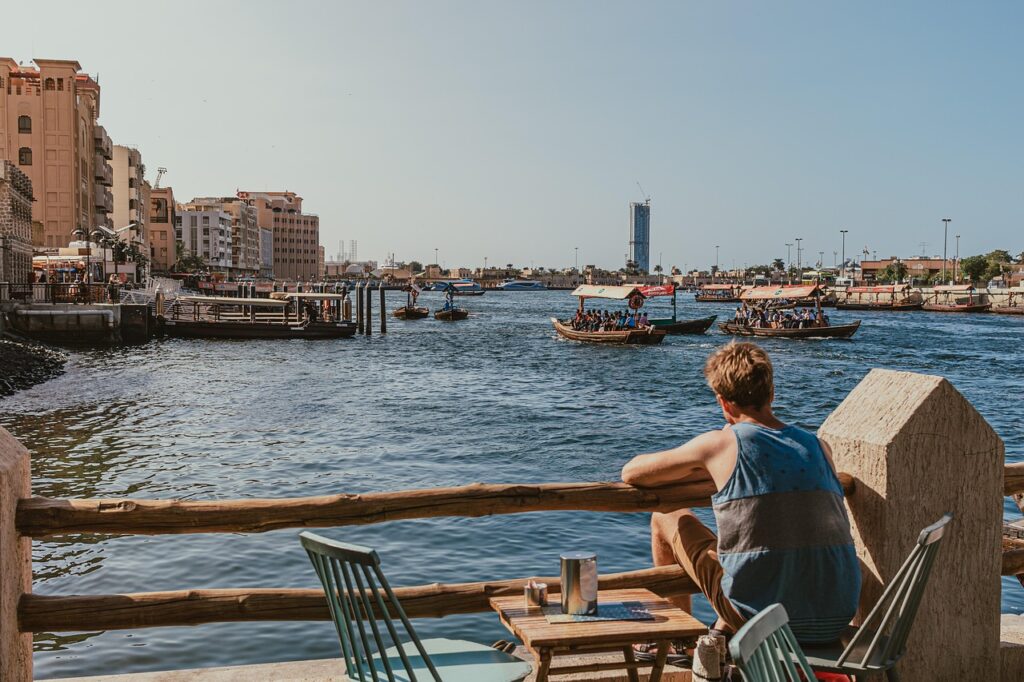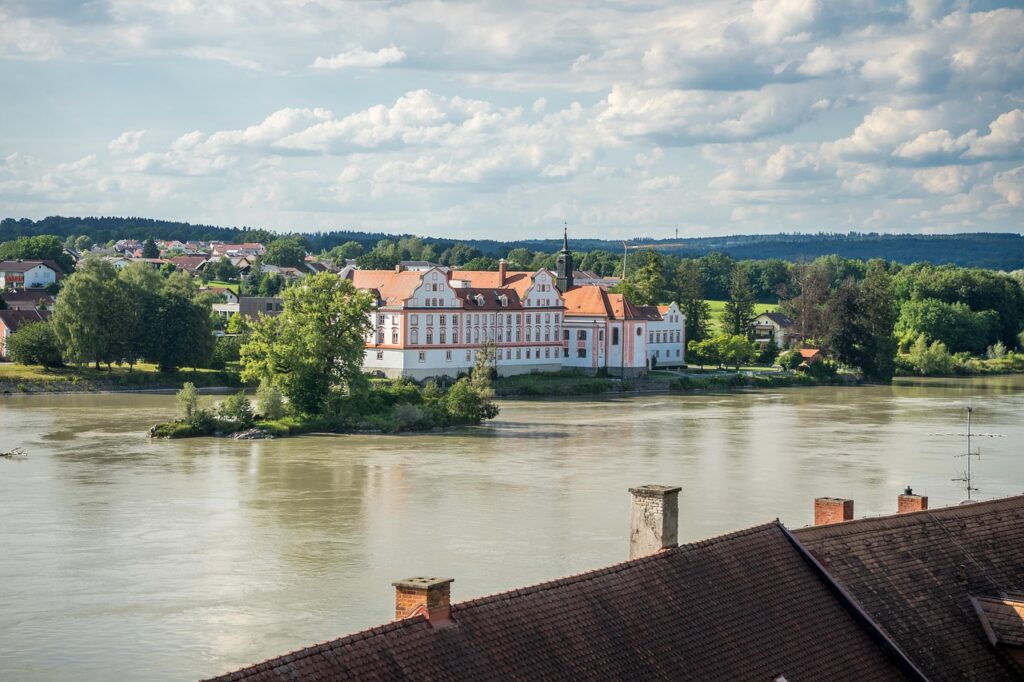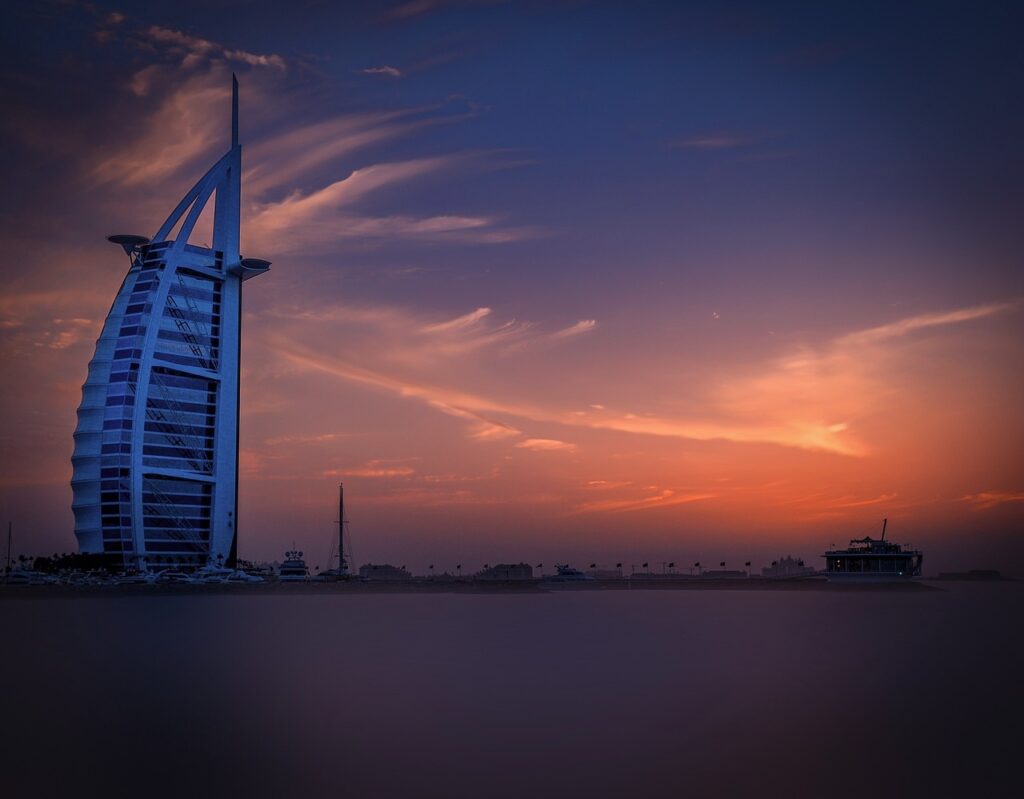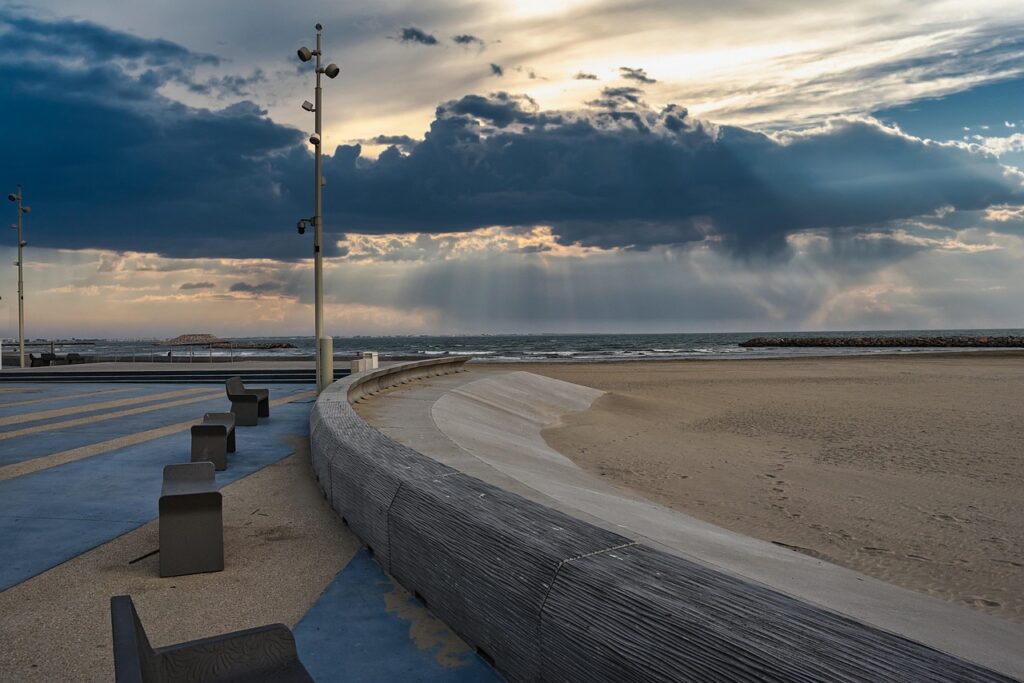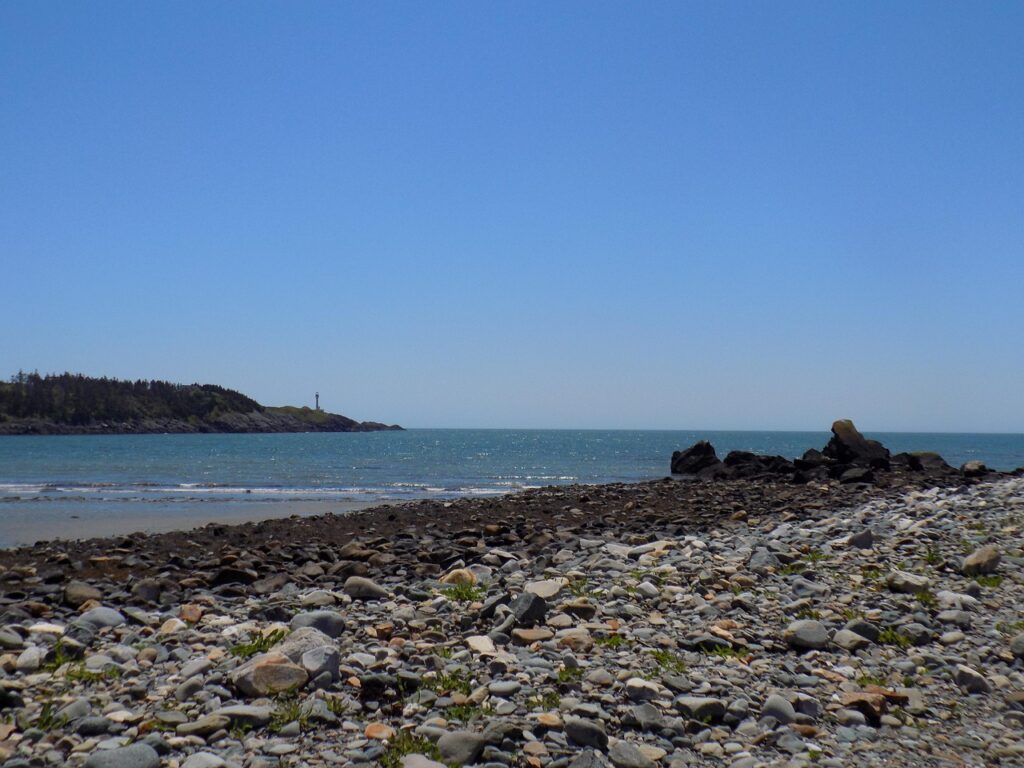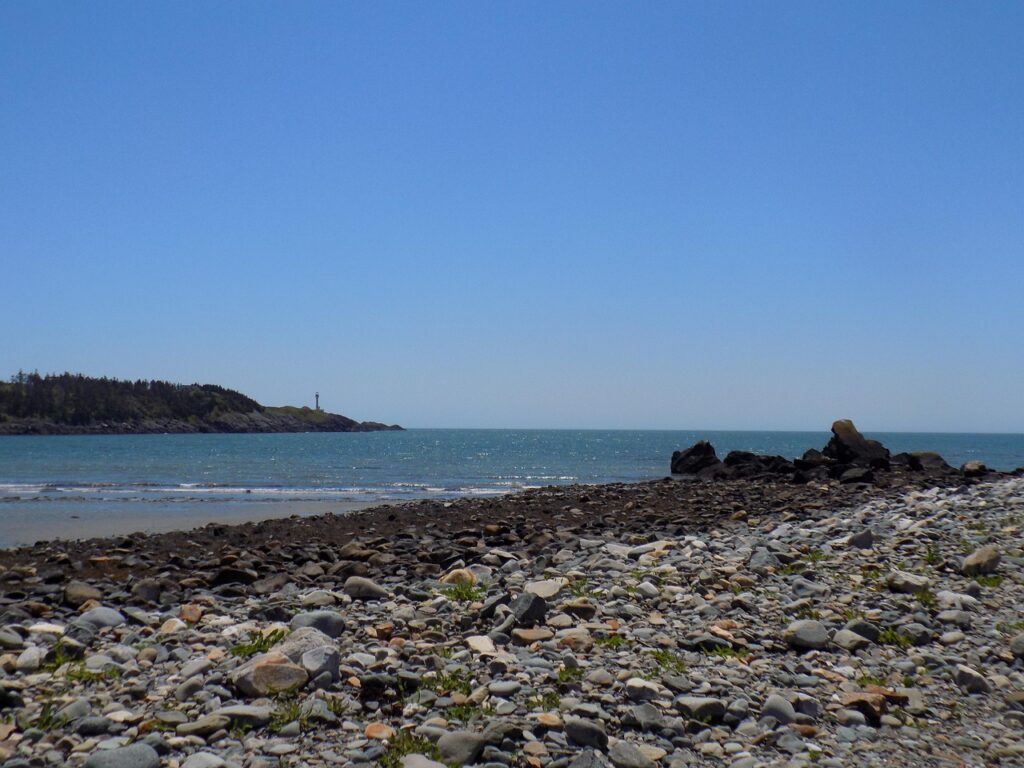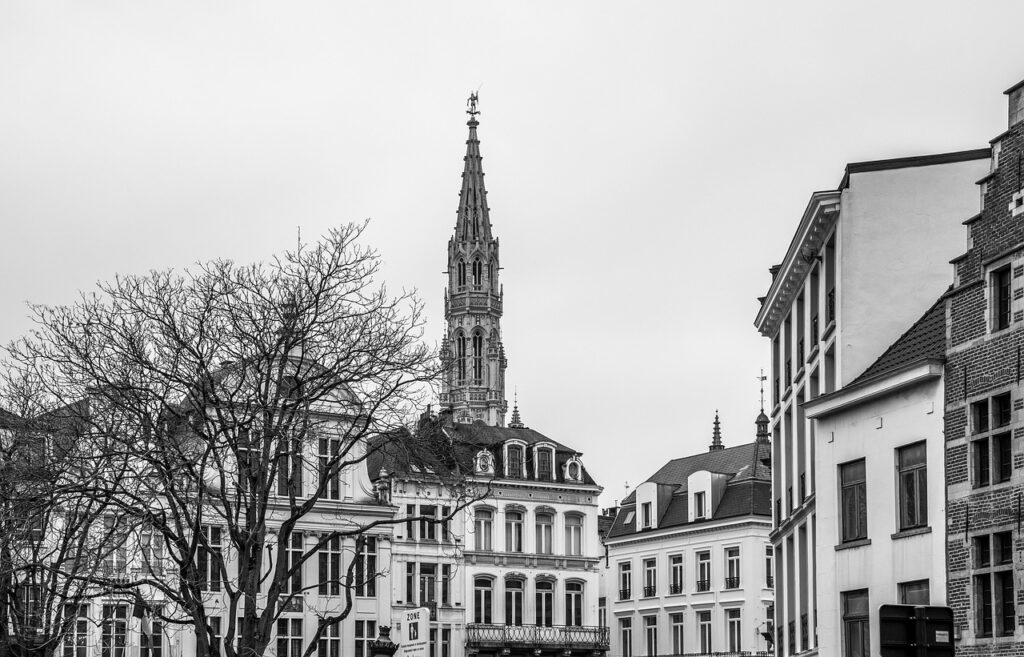The Great Yarmouth Monorail stands out as a quirky emblem of British seaside futurism, an ambitious yet fleeting experiment in transport innovation set against the backdrop of a classic English resort town. Though short-lived, this monorail encapsulated a unique chapter in the evolution of coastal tourism and retro transport technology, leaving a memorable footprint on Great Yarmouth’s rich railway heritage and its charm as a coastal landmark.
The Rise and Fall of Great Yarmouth Monorail: An Icon of Seaside Futurism
Born in the heyday of seaside adventure, the Great Yarmouth Monorail reflected an era when policymakers and entrepreneurs sought to blend leisure with cutting-edge technology. Operating briefly within the bustling Pleasure Beach area—one of the English resorts’ cherished amusement zones—it offered visitors a whimsical ride above the vibrant promenade.
- 🛤️ Seven charming cars designed to seat four passengers each
- 🌊 Route spanning over the snails and weaving around the area’s famed roller coaster
- 🎢 Integrated with seaside attractions to enhance visitor engagement
Despite its innovative monorail technology and appeal as a transport landmark, the system was limited by infrastructure constraints and changing tourist dynamics, leading to its relatively rapid decline and cessation.
Impact on British Seaside Transport Innovation
The monorail highlighted a period of experimental transport innovation tailored for coastal tourism. It promised to revolutionize how visitors experienced seaside towns by combining upscale mobility with entertainment.
- ⚙️ Demonstrated practical applications of monorail technology in leisure settings
- 🚄 Influenced future design concepts for retro transport and similar coastal attractions
- 🏖️ Strengthened Great Yarmouth’s identity as a front-runner in amalgamating technology with British seaside culture
Great Yarmouth’s Seaside Tourism and the Role of Transportation Landmarks
Great Yarmouth has long been synonymous with vibrant coastal tourism, boasting a variety of attractions including the Golden Mile, historic piers, and nostalgic amusement parks. Transport landmarks like the monorail were part of a broader strategy to elevate visitor experiences.
- ⚓ A historic fishing port turned bustling resort town with over 99,000 residents in the borough
- 🚂 Integration of railway heritage such as the Wherry Lines to Norwich, fostering accessibility
- 🎡 Use of distinct transport modes — from road trains to steam drifters — showcasing the evolution of seaside transit
These elements collectively contribute to Great Yarmouth’s charm, where retro transport forms a crucial link between past and present coastal tourism trends.
Maintaining Coastal Tourism in the Face of Change
While traditional industries like fishing have dwindled, Great Yarmouth’s economy leans heavily on tourism and innovative attractions. The monorail’s legacy exemplifies attempts to diversify visitor offerings and adapt to new market demands.
- 🏖️ Emphasis on family-friendly entertainment and walkable urban spaces
- 🔄 Adaptation of vintage transport in modern tourism to boost nostalgia appeal
- 🎢 Continuous investment in amusement infrastructure as a keystone of visitor satisfaction
Lessons Learned from Britain’s Short-Lived Seaside Futurism
The Great Yarmouth Monorail’s brief existence serves as a case study in the complexities of integrating innovative transport solutions within traditional seaside environments.
- 🔧 Technical limitations and maintenance challenges impacted long-term viability
- 🛎️ Seamless integration with existing attractions is crucial for sustained success
- 📉 Economic fluctuations and shifting tourist behaviors influence infrastructure endurance
Recognizing these factors helps inform future projects that aim to blend heritage with transportation innovation in Britain’s coastal resorts.
Potential Revival and Cultural Heritage Impact
Looking ahead, there is value in preserving or reimagining transport landmarks like the Great Yarmouth Monorail to sustain cultural identity and enrich coastal tourism portfolios.
- 🌟 Heritage-led regeneration initiatives can reinvigorate derelict seaside transport infrastructure
- 🏛️ Educational programs and museum exhibits can celebrate historical transport innovations
- 🚀 Future designs might draw inspiration from past monorail technology, incorporating sustainability and modern aesthetics
Why Was the Great Yarmouth Monorail So Short-Lived?
The monorail’s operational period was limited by several intertwined factors:
| 🚩 Challenge | 📝 Description | 🔄 Impact on Monorail |
|---|---|---|
| Technical Issues | Complex monorail technology led to high maintenance costs | Operational disruptions frequently occurred |
| Economic Changes | Fluctuating tourism patterns reduced consistent ridership | Revenue shortfalls hindered sustainability |
| Infrastructure Limitations | Restricted track space in a crowded seaside precinct | Limited expansion possibilities |
| Competition | Alternative attractions and modes of transport were preferred | Declining visitor interest over time |
How Does the Great Yarmouth Monorail Fit into Britain’s Railway Heritage?
Although short-lived, the monorail forms an intriguing part of Britain’s broader railway heritage:
- 📜 It showcased a diverging technology from traditional railways, highlighting innovation in coastal transport
- 🏰 Complemented the heritage railway lines like the Wherry Lines, bridging past and present transport narratives
- 🔗 Influenced public perceptions about retro-futuristic transport at English seaside resorts
What Makes the Great Yarmouth Monorail a Unique Transport Landmark?
This monorail was unique due to aspects that set it apart from other British seaside attractions:
- 🎠 It rose above traditional attractions, offering panoramic views of Great Yarmouth’s Golden Mile
- 💡 Its design embodied the spirit of seaside futurism, mixing nostalgia with innovation
- 🚦 Acted as a physical symbol of a once-bold transport experiment on the British coastline
Great Yarmouth Monorail: What Can Visitors Expect Today?
While the original monorail is no longer operational, visitors can still explore Great Yarmouth’s rich coastal tourism and railway heritage sites that echo the innovative spirit of the monorail era:
- 🏰 The Pleasure Beach amusement park and its remaining vintage rides
- 🚂 The Wherry Lines railway for scenic journeys to Norwich
- 🍟 Traditional seaside eateries and promenades that link past and present
- 🎨 Museums and exhibits detailing Great Yarmouth’s transport history and seaside culture
Explorers of retro transport will find plenty to indulge their curiosity in the town’s blend of nostalgia and modern leisure offerings.
How Did Monorail Technology Influence Coastal Tourism?
The adoption of monorail technology in holiday destinations like Great Yarmouth demonstrated a broader trend of integrating transport innovation to enhance visitor experiences:
- 🚏 Created accessible and efficient transit across congested seaside resorts
- 🎢 Enhanced the entertainment value with a futuristic riding experience
- 🌍 Served as a showcase for technological optimism, boosting the resort’s appeal
Is There a Future for Retro Transport at English Resorts?
Retro transport modes, including monorails, hold renewed interest for their nostalgic and cultural relevance:
- 🔄 Reintroducing classic transport can offer authentic vintage experiences attracting heritage tourists
- 🌱 Sustainable adaptations can blend old charm with modern eco-friendly solutions
- 🚥 Strategic investments in heritage transport infrastructure support long-term tourism growth
What Are Other Notable Transport Landmarks in Great Yarmouth?
Besides the monorail, Great Yarmouth features several transport-related landmarks enriching the visitor experience:
- ⛴️ The Southern Belle pleasure steamer offering river excursions since 1925
- 🚊 The historical electric tramway system that operated from 1902 to 1933
- 🛥️ Haven Bridge and Breydon Bridge, engineering feats crucial for local connectivity
- 🚃 The ongoing operation of Great Yarmouth railway station serving as a key regional hub
Frequently Asked Questions About the Great Yarmouth Monorail
When did the Great Yarmouth Monorail operate?
The monorail was functional primarily during the late 20th century, with its peak popularity occurring around the 1980s to early 1990s before being decommissioned.
Why was the Great Yarmouth Monorail discontinued?
Maintenance costs, technical challenges, and declining tourist numbers led to the monorail’s short operational lifespan, making it economically unfeasible to continue.
Can visitors still see remnants of the monorail today?
While the monorail itself no longer runs, parts of its infrastructure may remain integrated within the Pleasure Beach area, and local museums often feature exhibits about its history.
How does the monorail contribute to Britain’s seaside cultural heritage?
It serves as a symbol of seaside innovation, reflecting mid-to-late 20th-century efforts to modernize British coastal resorts and merge technology with leisure.
Are there any similar monorails at other British seaside resorts?
Such monorail systems were rare in the UK, with Great Yarmouth’s being among the few attempts to implement this transport innovation in a coastal resort context.

